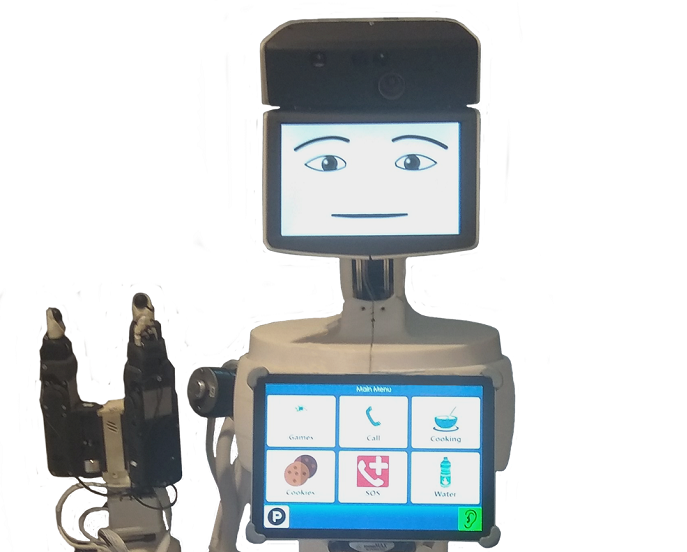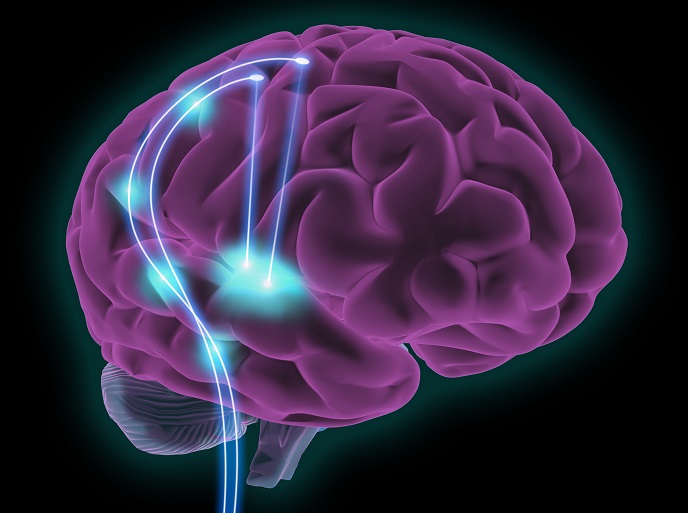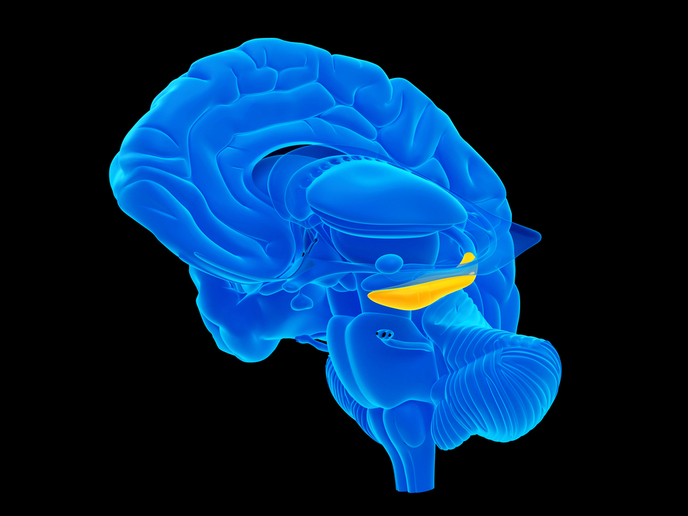When the sound reflects the action
Facial expressions and body movements are highly important means of non-verbal communication. Many animals display facial signs but these are more well-developed and complex in primates and humans. The area of the brain involved in processing these signals is the Superior temporal sulcus (STS). Also responsible for the integration of multisensory input, the STS is an integral part of the mirror neuron system, the target of study of the European project of the same name. MIRROR project partners aimed to study the precise role of this system in functions such as imitation and understanding the intentions of others. Researchers at the University of St Andrews in Scotland specifically investigated whether the neurons processing visual input also integrated the sound associated with these actions. The overall aim was to test if facial expression accompanied by sound influenced, positively or negatively, the observer's reaction. In almost a quarter of mirror neurons responsive to the sight of actions, sound modulated their response. The sound of an action could either increase or decrease the neuron reaction. Interestingly, when the level of response was greater, the extent of the increase depended on whether the sound matched the action. Applications for this data include an increased understanding of the neurological status of autistic patients. A deficit in development of the mirror system has been implicated as a possible reason for some of the symptoms associated with autism. Furthermore, knowledge of the operation of the mirror neuron system, essentially a motor system, could be used in rehabilitation of stroke patients.







